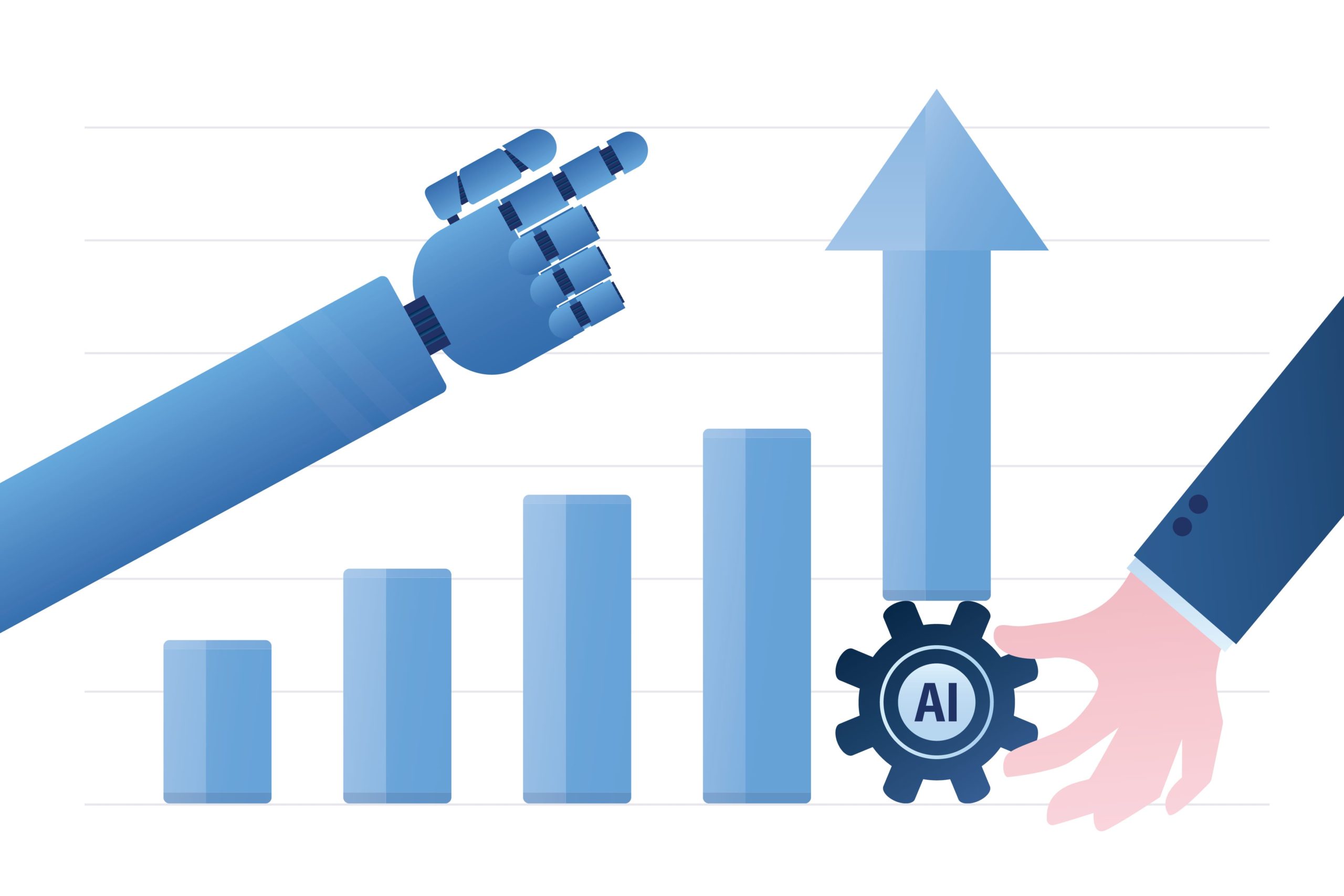In today’s high-stakes financial environment, speed, accuracy, and insight are everything. Investment firms, asset managers, and analysts are constantly under pressure to deliver faster decisions, deeper insights, and more alpha—all while working through mountains of data, filings, news, and noise. The traditional financial research process, however, is slow, manual, and fragmented. That’s where artificial intelligence (AI) comes in—not as a gimmick or novelty, but as a transformative productivity tool.
AI has the power to dramatically boost financial research productivity by streamlining workflows, surfacing insights faster, and eliminating time-consuming, repetitive tasks. When used correctly, AI doesn’t just make research faster—it makes it smarter, deeper, and more scalable.
The Bottlenecks in Traditional Research
Before understanding how AI helps, it’s important to recognize where traditional research processes waste time:
- Analysts spend hours reading through 10-Ks, 10-Qs, earnings call transcripts, and investor presentations.
- Data is often scattered across sources—news feeds, databases, spreadsheets, regulatory portals—and has to be manually aggregated.
- Updating models or reports involves repetitive copying, pasting, and formatting.
- Team collaboration is disjointed, with insights stuck in email threads, Excel files, or slide decks.
This system works—just barely. But it’s slow. It limits the number of companies or themes an analyst can cover. It introduces human error. And it delays action.
AI solves for all of that.
Automating the Routine, Amplifying the Strategic
AI is exceptionally good at automating the tedious but necessary tasks that eat up analyst time. For example:
- Document summarization: AI can instantly summarize key points from a 100-page annual report or earnings call transcript, highlighting risks, opportunities, and financial metrics.
- Data extraction: Instead of manually searching through PDFs for numbers, AI can pull structured financial data and plug it directly into models or dashboards.
- News and trend monitoring: AI tools can track thousands of news sources, blogs, and filings in real time, surfacing only what’s relevant to your portfolio or sector.
- Charting and reporting: With natural language prompts, AI can generate charts, update decks, and create first drafts of investment memos automatically.
These time savings are not trivial. For many analysts, AI can eliminate 40-60% of their most repetitive workload. That time can then be reinvested into higher-value work—thinking creatively, building better theses, challenging assumptions, and engaging with clients or stakeholders.
Real-Time Research at Scale
AI doesn’t just make research more efficient—it makes it scalable.
A human analyst might be able to track a few dozen companies at a time. AI, on the other hand, can monitor thousands of companies simultaneously across different geographies, sectors, and languages. It can flag changes in sentiment, governance, earnings expectations, or creditworthiness instantly.
This gives analysts a new kind of leverage. They can direct their attention only where it’s most needed—on the outliers, the anomalies, the early signals—rather than wasting time scanning for things that rarely change. The result is faster reaction time and a more proactive research process.
Better Insight Through Pattern Recognition
AI isn’t just about speed. It’s also about depth.
Using machine learning and natural language processing, AI can detect patterns in financial and narrative data that a human might overlook. For example:
- Identifying subtle shifts in executive tone over multiple earnings calls
- Detecting accounting language that often precedes earnings surprises
- Flagging changes in risk disclosures across peer companies
- Correlating ESG disclosures with operational performance
These patterns often emerge across multiple datasets and years of filings—far beyond the scope of manual research. With AI, analysts can make connections they simply couldn’t before.
Productivity Gains That Translate to Performance
At the firm level, AI boosts productivity in ways that can materially impact performance:
- More coverage: Research teams can expand their universe of coverage without hiring more analysts.
- Faster time-to-insight: Decisions can be made in hours instead of days.
- Reduced errors: Automated data extraction and model updates reduce manual mistakes.
- Increased collaboration: AI tools can centralize knowledge, enabling team-wide access to research insights and reducing duplication of effort.
In short, AI allows firms to do more with less—without sacrificing quality or control.
The Human Element Still Matters
It’s worth emphasizing: AI doesn’t replace the analyst. It empowers them.
AI can take the first pass at summarizing, synthesizing, and scanning. But it still requires human oversight to interpret nuance, validate insights, and make strategic decisions. The best outcomes happen when AI handles the mechanical and humans handle the meaningful.
This synergy means analysts spend less time acting like data clerks and more time acting like investors. That shift is the real driver of productivity and performance.
Conclusion: A Competitive Imperative
AI is no longer a futuristic “nice to have.” For firms that want to stay competitive, it’s becoming essential.
The cost of not adopting AI in financial research isn’t just inefficiency—it’s falling behind. In a market where speed matters, where insights move capital, and where small edges compound over time, productivity gains from AI can directly translate into alpha.
By integrating the right AI tools into research workflows, financial professionals can work faster, smarter, and with greater confidence. The result isn’t just more productivity—it’s better investing.
And in today’s environment, that’s the edge that matters most.




